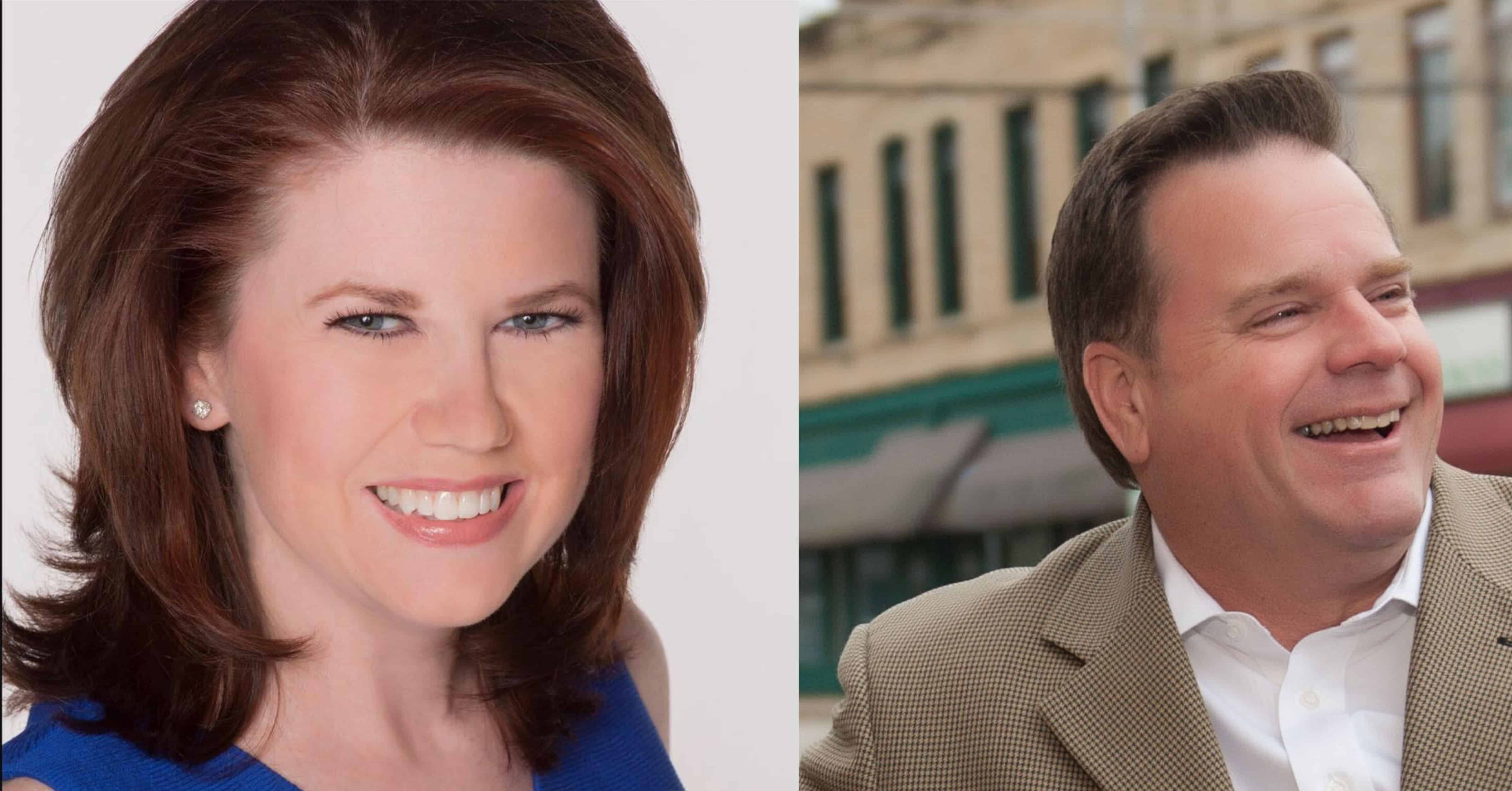As a calendar-year, cash-basis taxpayer, you will have fewer opportunities to reduce your 2019 income tax burden once the calendar rolls over to 2020. By taking a few simple steps today, you will see a better result when you file your income tax return in April, 2020.
If you participate in a Flexible Spending Health Plan, referred to as a “cafeteria plan”, through your employer, it is critical that you utilize (spend) your elected deferral amount for 2019. The IRS has liberalized the rules regarding the ability to claim qualified medical expenses and you may carry over a small portion of your elected deferral amount to a following year. Discuss your options with your company’s Human Resource Officer for your particular plan.
Consider paying your total advalorem tax assessment in full prior to December 31, 2019. The Tax Cuts and Jobs Act of 2017 increased the amount of standard deductions to such levels that most individuals will not incur sufficient qualified itemized deductions to file a Schedule A – Itemized Deductions Form – with their returns. Analyze your current level of qualified deductions to determine if you exceed your standard deduction of $12,200 for individuals or $24,400 for married filing joint taxpayers. A lowered state tax may be an added incentive to itemize deductions on your federal return.
What if you could take a deduction on your tax return for something that doesn’t require your current cash? You may receive an increased benefit by donating appreciated stocks to qualified charities. The process requires that a donor (you) physically donate the certificate of the shares to the charity instead of selling the stock and donating the proceeds. You will receive a tax deduction based on the fair market value of the stock on the date of the donation (transfer). Since the charity is generally exempt from federal and state income taxes, the charity will sell the stock and receive the much needed cash it desires to run its programs. For example, you may have basis in the stock of $1,000 and the fair market value has risen to $10,000. Your charitable deduction is $10,000 (your deduction is limited to 30% of your adjusted gross income). You do not realize the $9,000 capital gain that would be taxed if you sold the stock. It is a win-win situation!
Lastly, review any employee benefit elections for 2020 that are required this month. Most employer-provided retirement plans utilize an enrollment period in November or December of the current year to elect the amount of contributions for the next year. One of the most effective and efficient tax deductions is the contribution to your retirement. Maximizing this election will save federal and state income taxes as well as receives growth via the employer matching contribution. We advise clients to defer at least the matching percentage provided by the employer so that you literally “double” your money notwithstanding market conditions.
Be proactive in your finances and retain more discretionary income for your family. If you want additional information on the above tax strategies and other financial planning methods to help your family reach its goals, go to the Compass Capital Management Website. You will find a wealth of information to help you navigate life!















